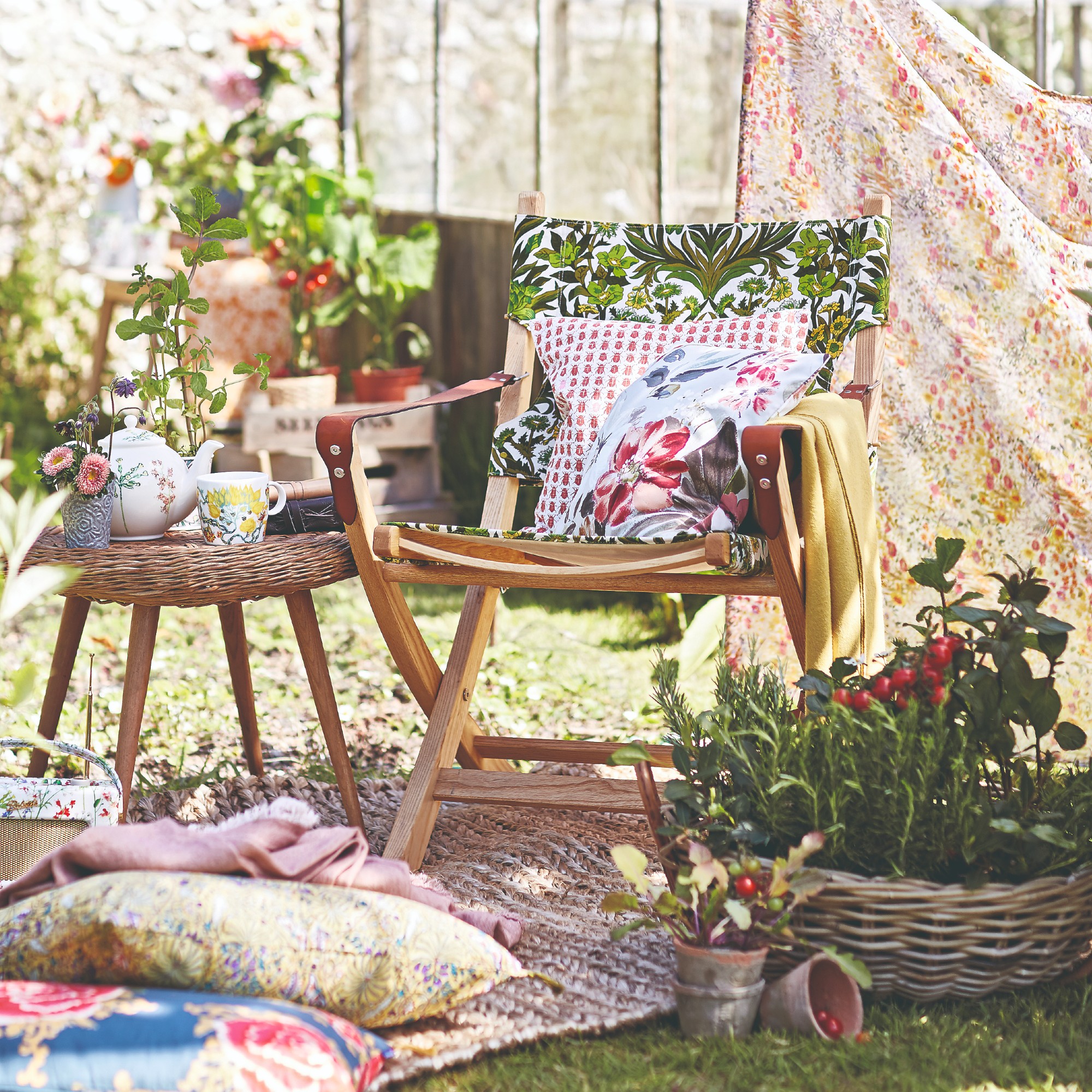
It’s springtime! And that means it’s time to get your hands in the soil and get planting. And while deciding what you’d like to plant is one thing, another factor to consider is what crops can and cannot go next to each other. For example, can you plant cucumbers and tomatoes together?
This principle is called companion planting and it’s all about grouping plants in your borders or greenhouse that benefit each other. And as tomatoes and cucumbers are among the most popular veggies people take to growing, it’s useful to know whether they can make good companions.
So if you are wondering how to grow tomatoes and whether pairing them with cucumbers is the way to go, then our gardening experts have the answers. While also revealing what other plants should never be paired with these two crops if you want to learn how to grow your cucumbers and tomatoes for an abundant harvest.
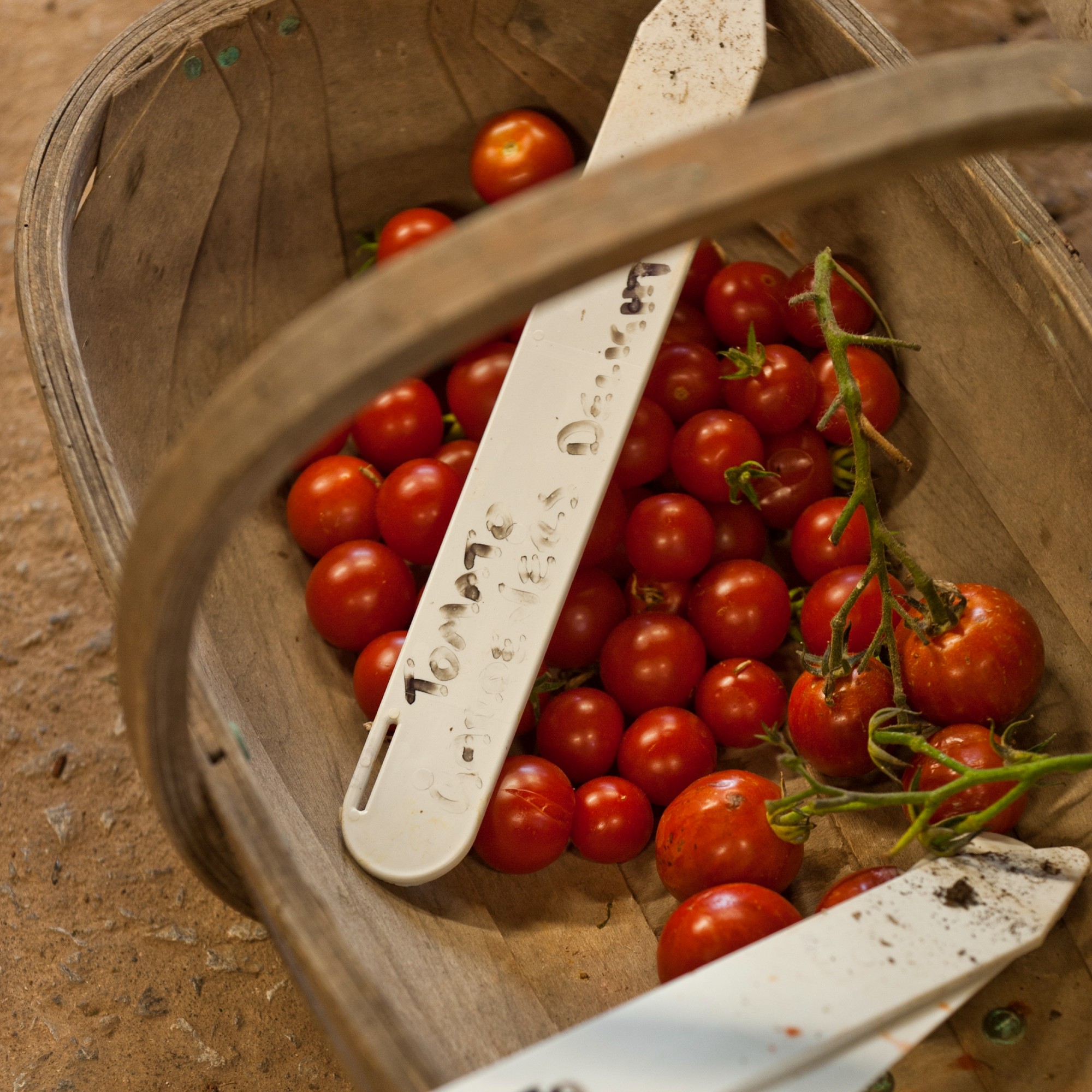
Can you plant cucumbers and tomatoes together?
If you are wondering how to start a small vegetable garden, tomatoes and cucumbers are a good place to start. Especially since gardening experts say they can make excellent companion plants.
‘Planting cucumbers and tomatoes next to each other is a good idea as they need similar amounts of light and water and as they thrive on similar soil types and both need something to grow up on, it can simplify your gardening,’ says Fiona Jenkins, gardening expert at MyJobQuote.co.uk, the UK’s leading trades matching site.
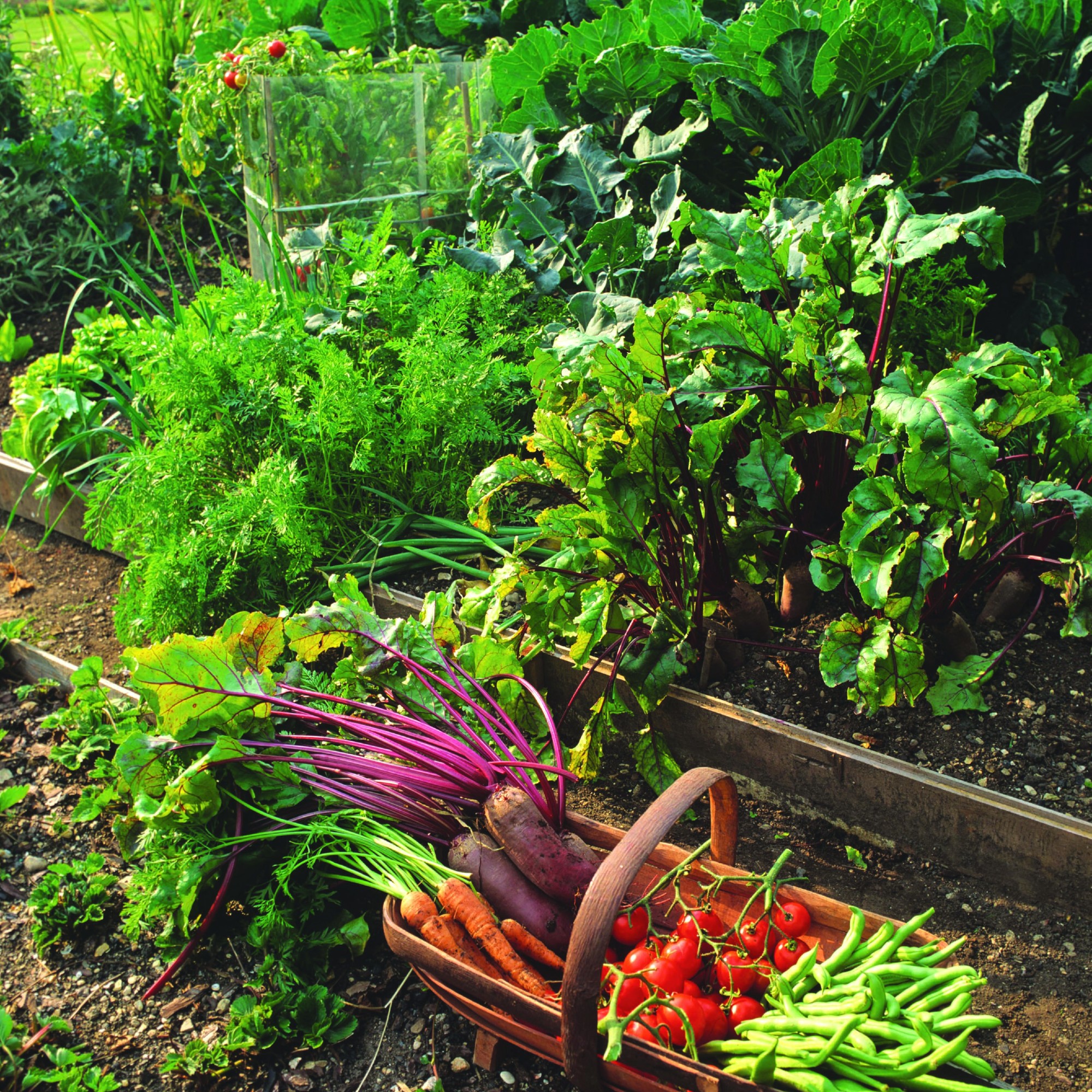
But while their similar needs make them easy partners in growth, there are factors you need to be aware of when planting these two together.
‘Both of them are heavy feeders and require lots of moisture and light to grow and they can start competing with each other for nutrients and resources,’ warns Petar Ivanov, Fantastic Gardeners' gardening expert. ‘Still, despite these potential problems, many gardeners claim there are benefits to growing them together.’
So just make sure you provide the plants with enough water, sunlight and nutrients by regularly adding a fertiliser like the Levington Tomorite Concentrated Tomato Food available at Amazon.
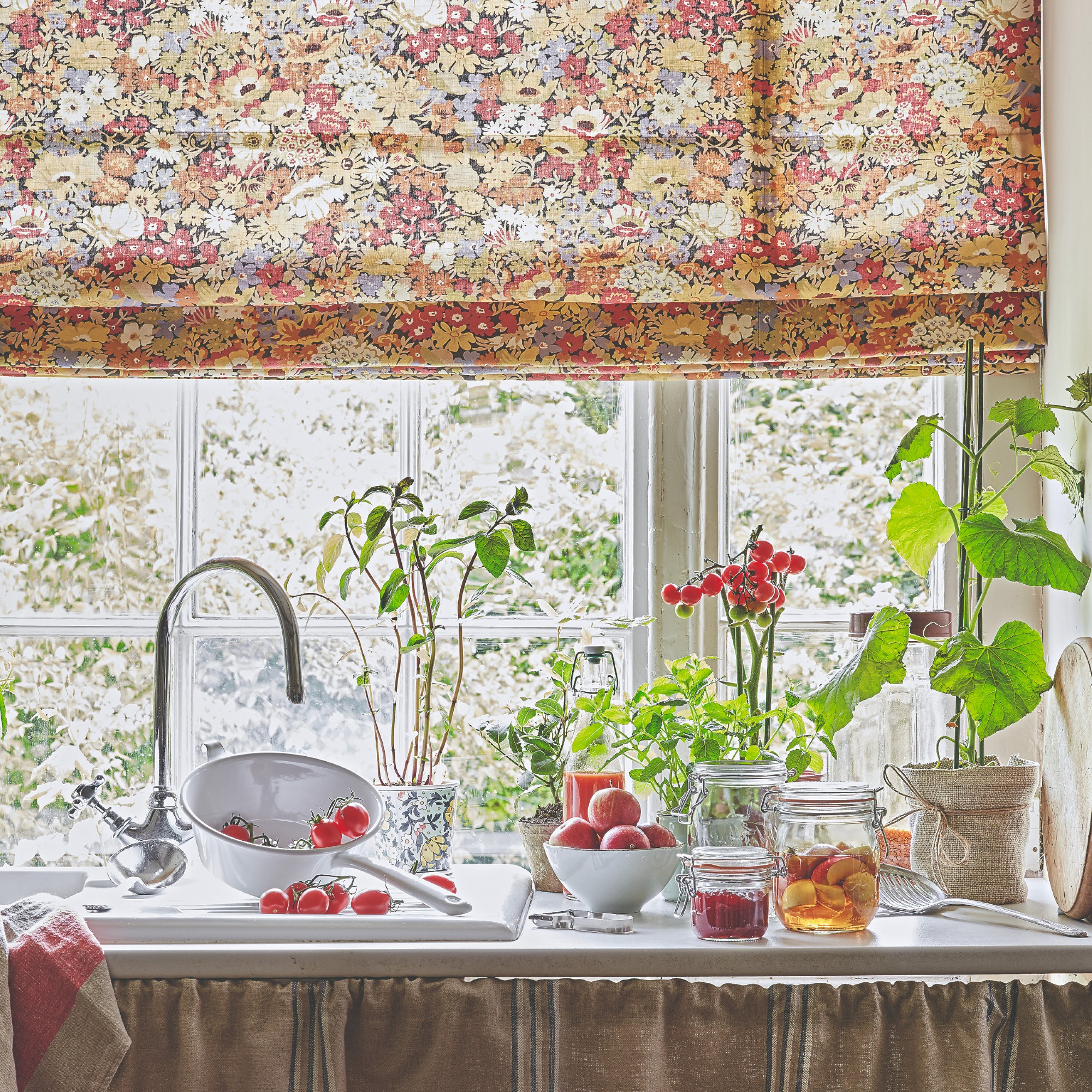
Is there a universally good companion plant?
While the best companion plants differ from one variety to the next, there is one plant that most can benefit from to have in their borders.
‘I’d say the best companion plant for almost any plant would be marigolds, specifically for vegetable gardens. These flowers attract beneficial insects and nematodes in the soil, which can help vegetables grow better,’ Petar says.

Where to buy tomato plants:
- Gardening Express: Tomato Plant Moneymaker
- Dobies: Tomato 'Buffalo Steak'
- Amazon: Bedwen Cherry Tomato 'Gardeners Delight'
Where to buy cucumber plants:
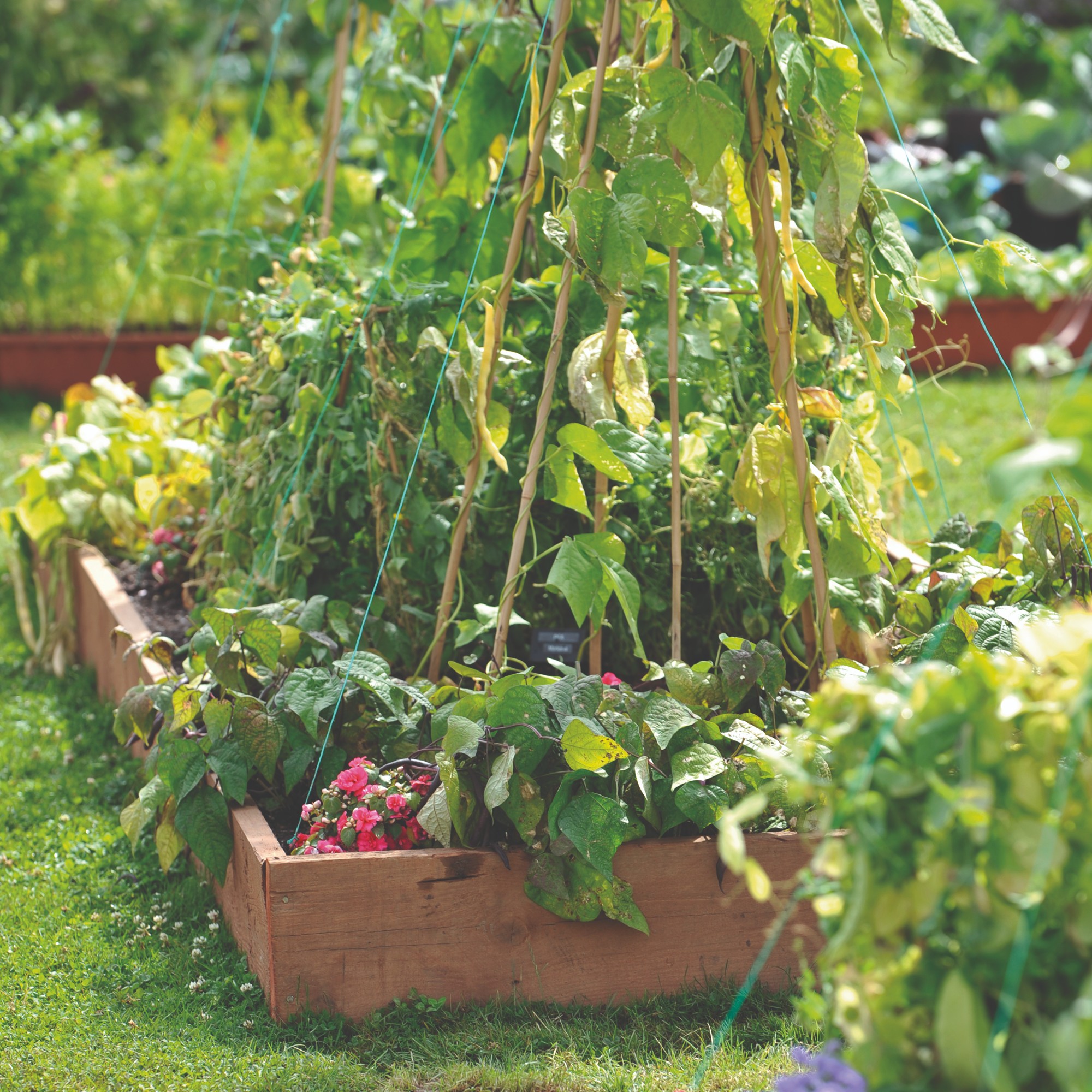
FAQs
What should you not plant next to cucumbers?
Surprisingly enough, the plants that shouldn’t be planted with cucumbers are vegetables from the same family as cucumbers themselves.
‘Fruit and vegetables from the same family as cucumbers will typically be susceptible to the same diseases. So, planting zucchinis, melons and pumpkins next to cucumbers does risk spreading problems between plants. However, like tomatoes, they have similar needs, so it can make gardening easier. Some aromatic herbs can help to deter pests but they also contain oils that are thought to stunt the growth of cucumbers. So, you do need to be careful about how closely you plant different edibles to cucumbers and weigh up the pros and cons of different companion plants before you start growing,’ explains Fiona Jenkins, gardening expert at MyJobQuote.co.uk.
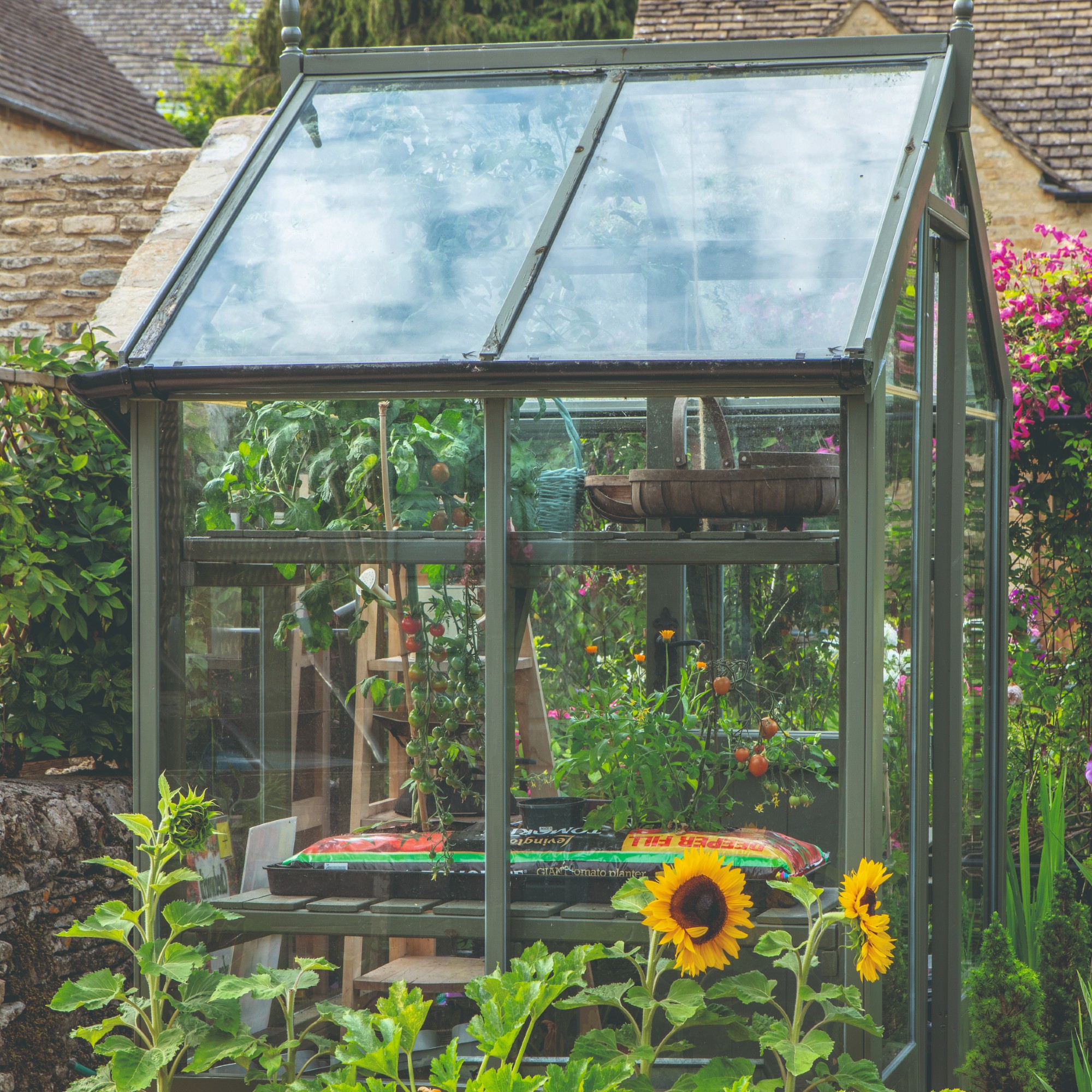
What should not be planted next to tomatoes?
When it comes to companion planting with tomatoes, the key is to avoid plants that will compete for nutrients too much.
‘Vegetables such as brassicas that need a lot of nutrients to grow might compete too heavily with tomatoes if they’re planted in the same soil. So can potatoes, and as they’re part of the same family of plants, they can suffer from the same diseases and pests,’ says Fiona Jenkins, gardening expert at MyJobQuote.co.uk.
And as long as you follow these guidelines you should be all good.







